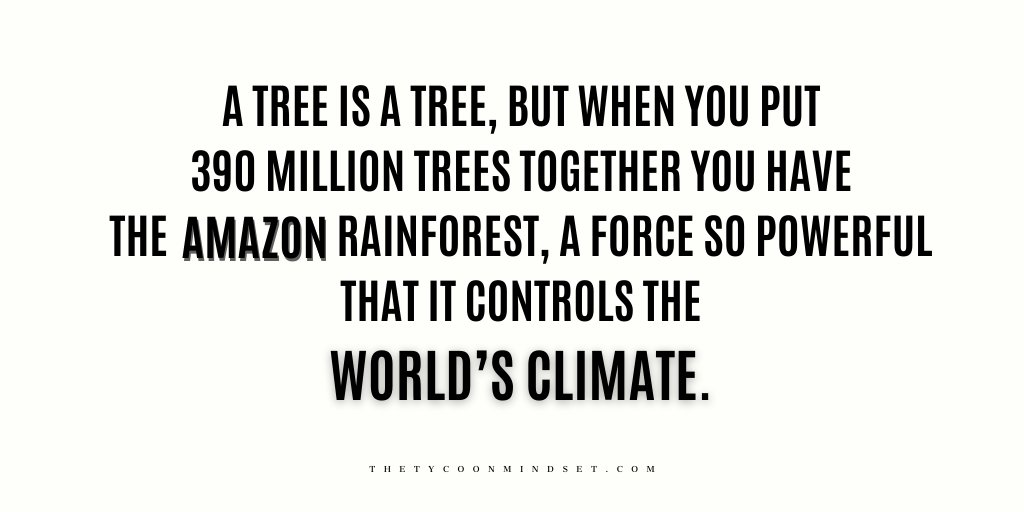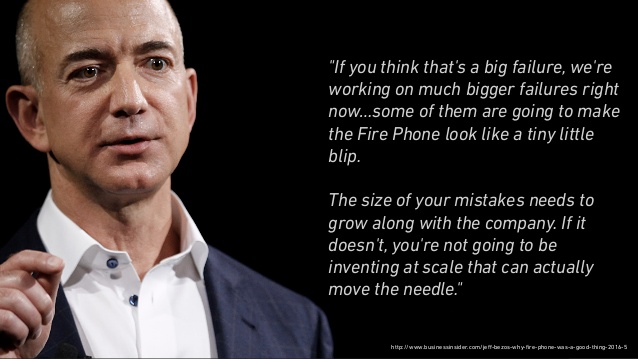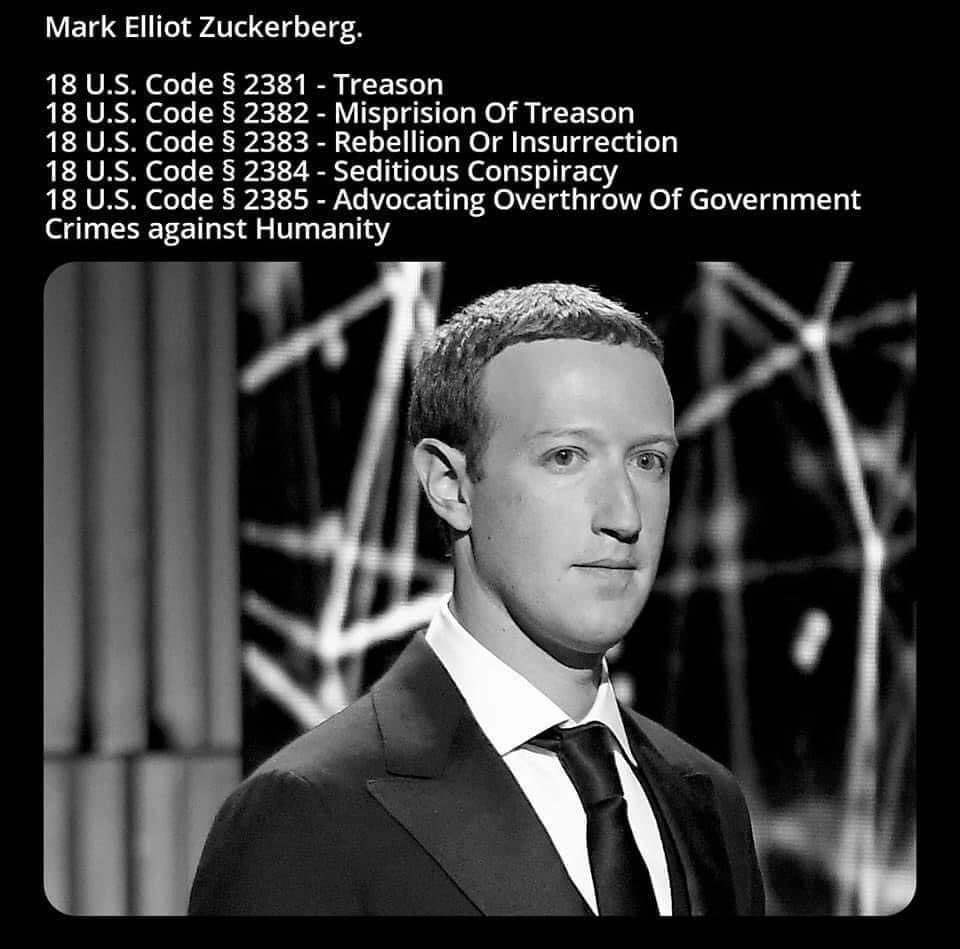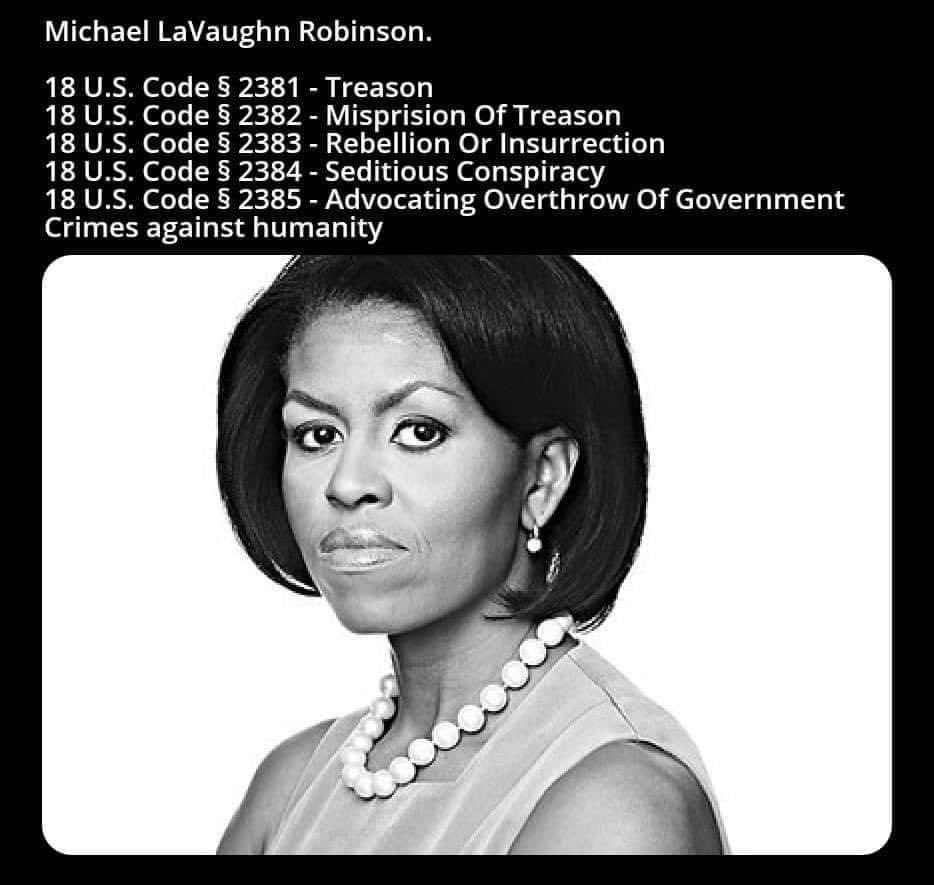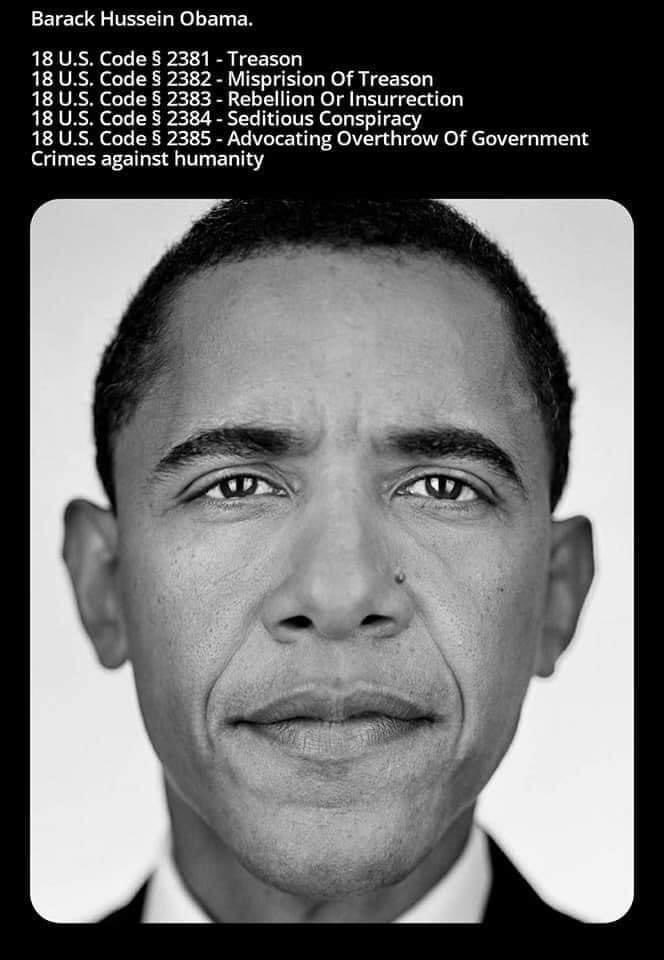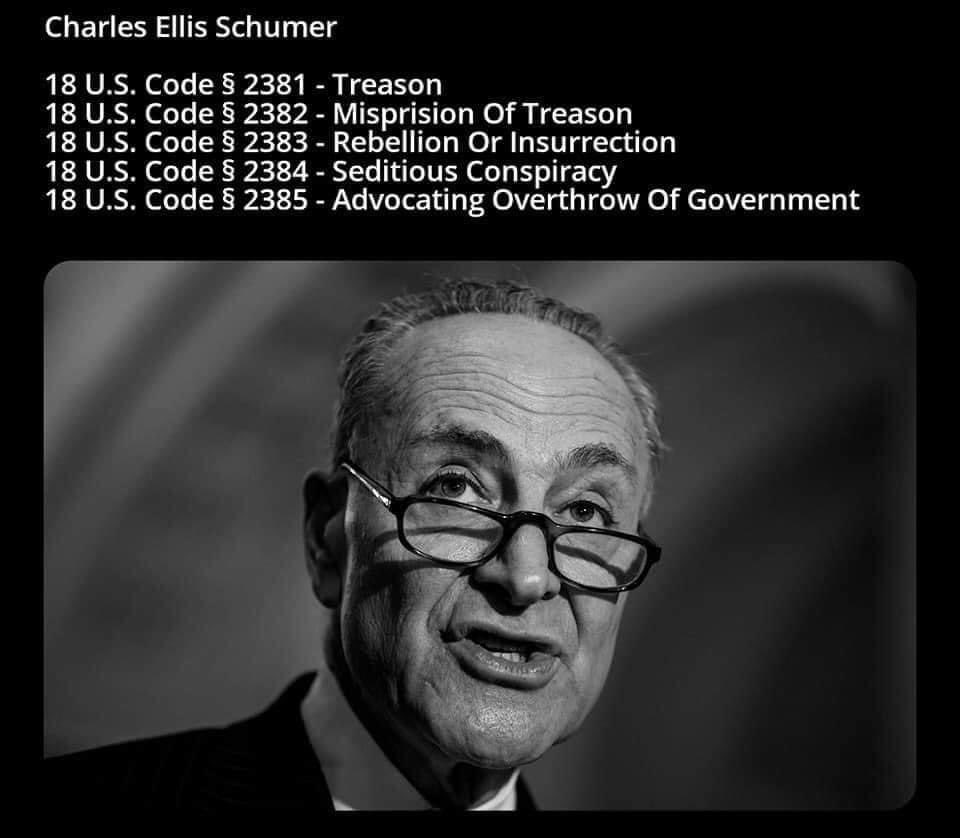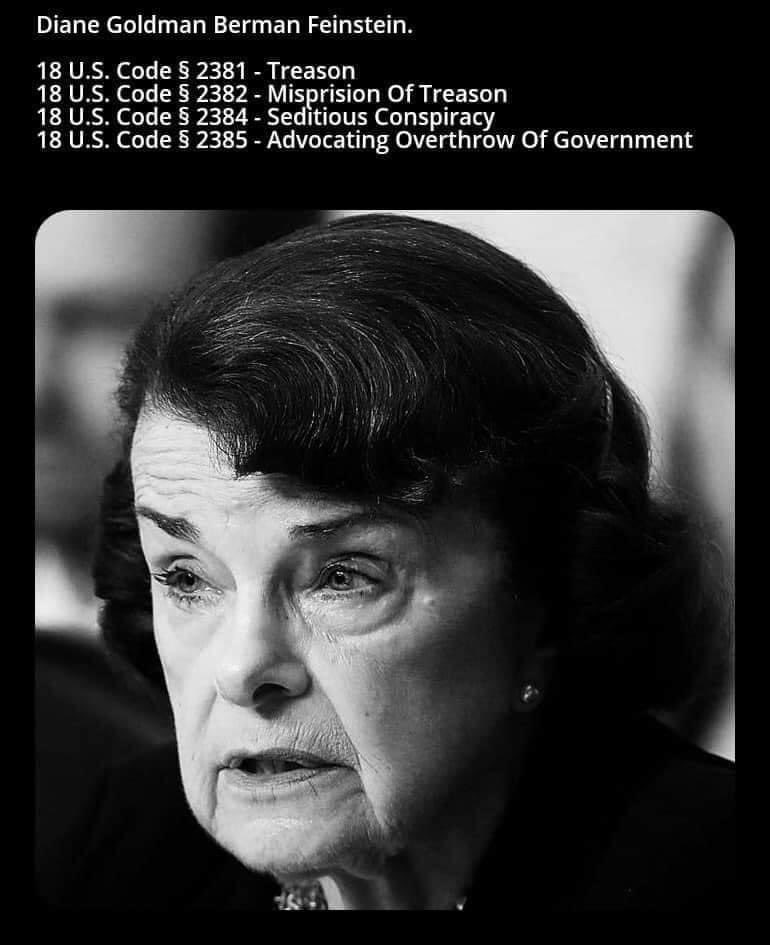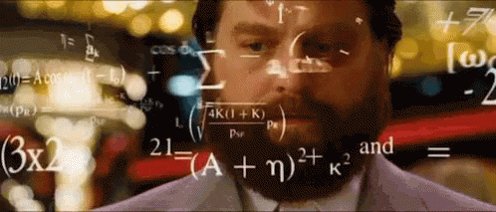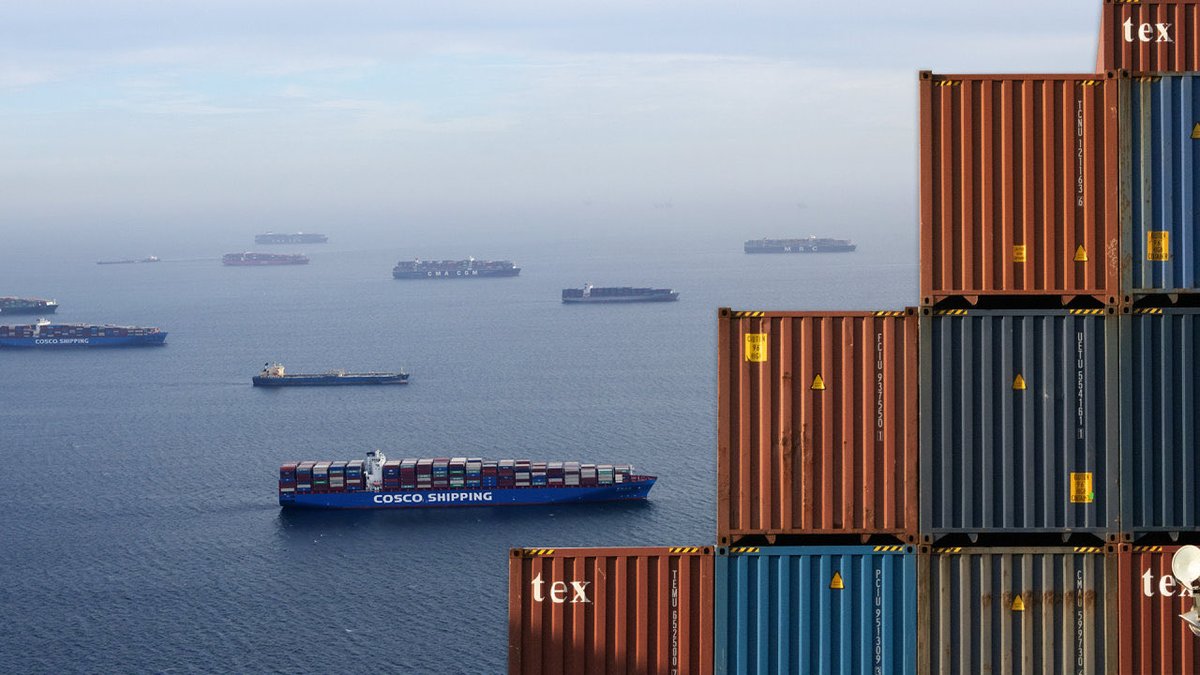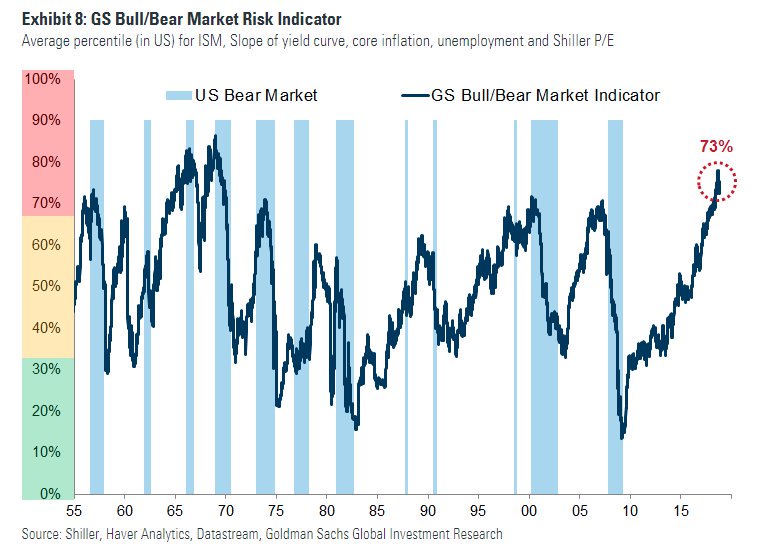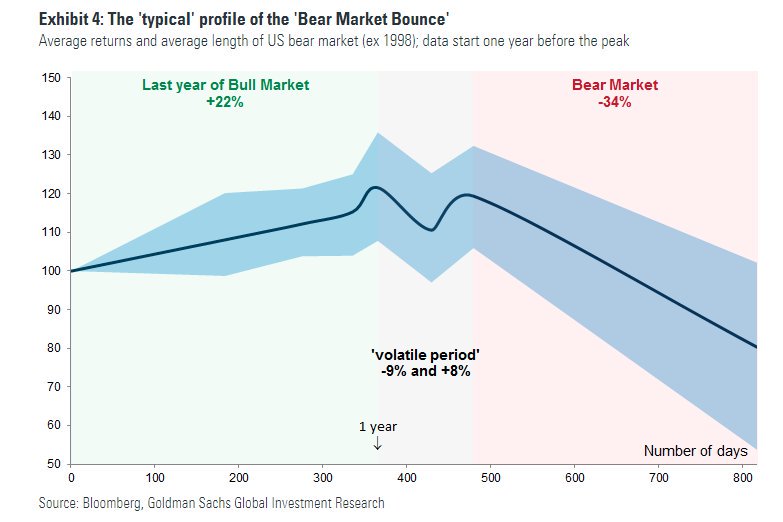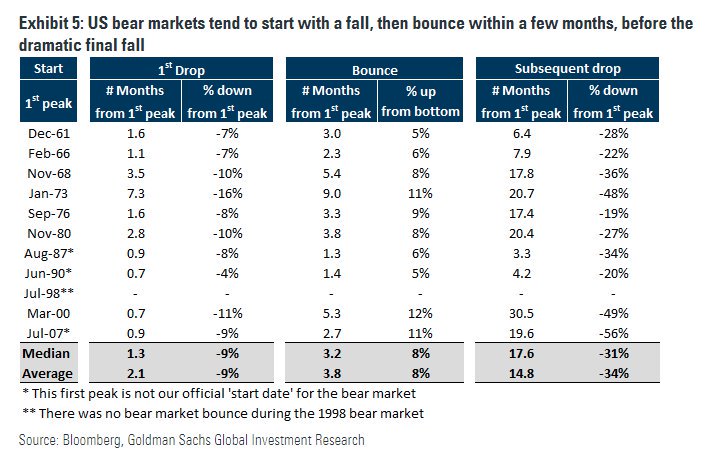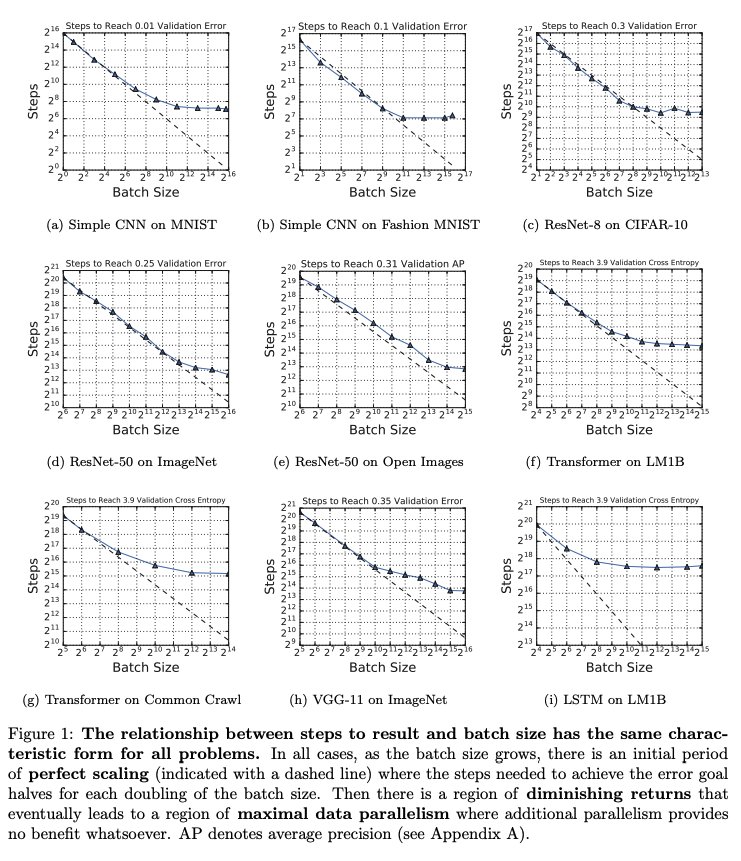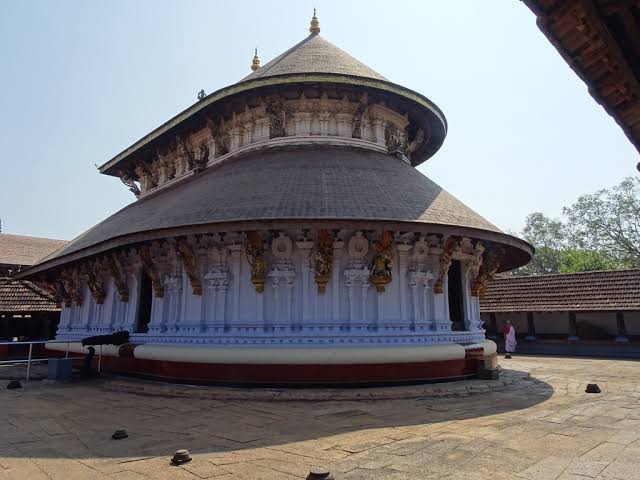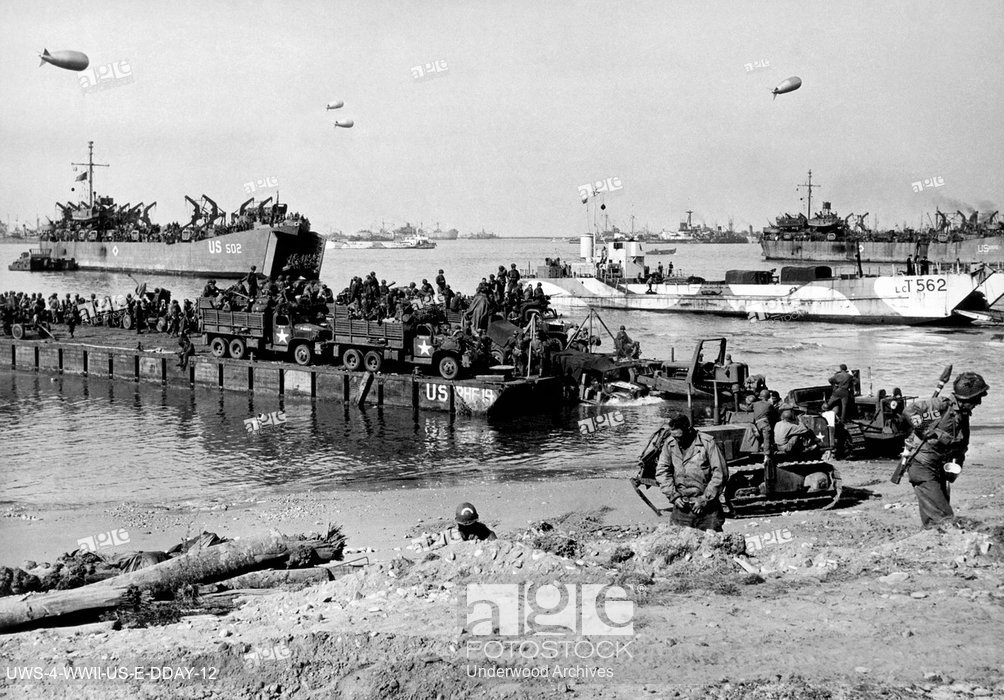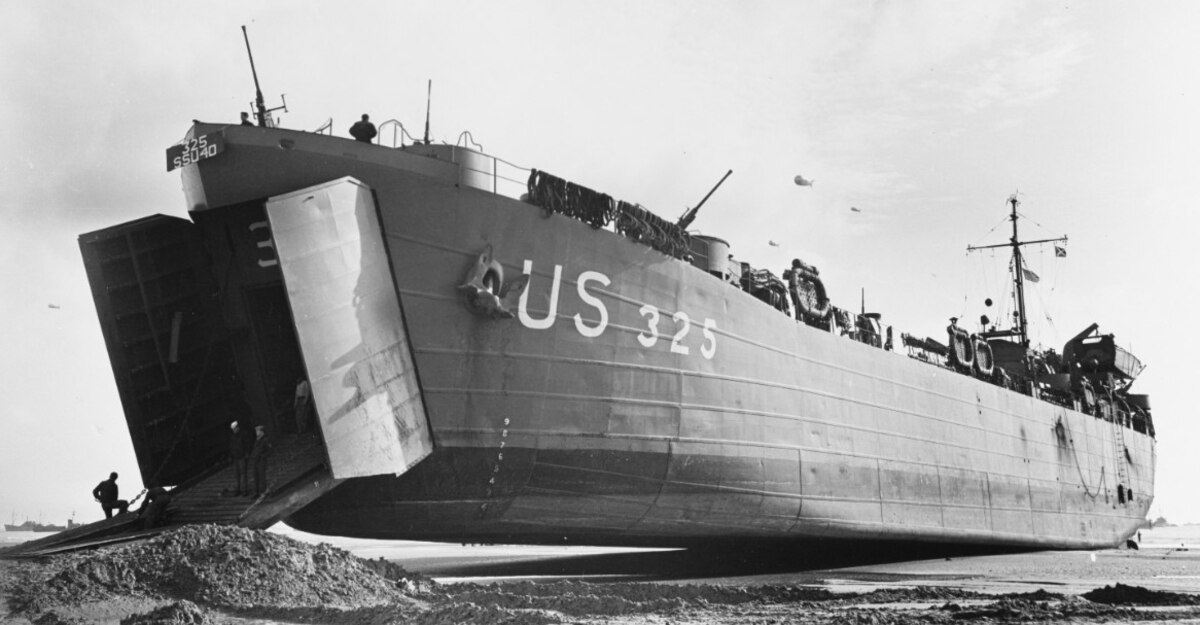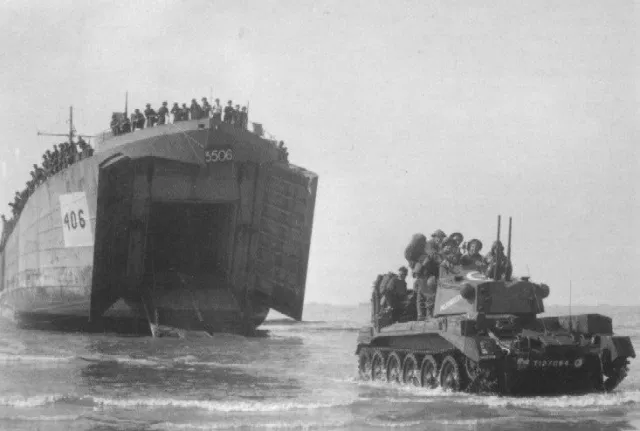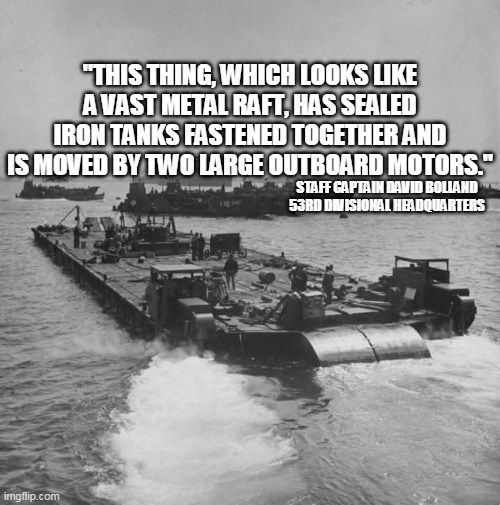1/ A person named Jeffery earns 100 dollars per month and has an expenditure of 120 dollars monthly. He has a very good reputation in the society. So, he takes a loan of 1k dollars for a month and this 1k cash is invested in new business ventures.
2/ For the next month, he pays his liability back by taking a loan from another person for 1.5k dollars. The loan of 1k is paid back and the remaining 500 dollars are invested in another business venture.
3/ By the end of the month, he earns 150 dollars through his old and new business ventures but has a total expenditure of 200 dollars. He again is in a deficit of 50 dollars. To pay back his 1.5k dollar loan, he takes a loan for 2k dollars
4/ This cycle goes on and on. Jeffery keeps on taking bigger loans to repay the previous loan and the leftover extra loan is invested in bigger ventures which produce more expense than income.
5/ You might be thinking that this is a sure shot way to go bankrupt. Jeffery is piling up new debt in order to pay the previous one. And his investments are more expensive than the cash flow.
6/ You will be astonished to hear that by this exact same model, Jeffery (Jeff) Bezos has become ‘the richest person in the world’. The above model is an analogy of Amazon’s business.
7/
https://t.co/LsNzN0nF2Y is not an e-commerce business instead it is a logistics business that is facilitating trade of goods and services (in broader terms).
8/ For 20 years straight it never produced any net profit and still, it became one of the most valued companies in the world and its founder became one of the richest people in the world.
9/ Amazon was publicly listed in the year 1997 since then it has grown many folds. For the first few years, the money was invested solely in the business itself mainly in streamlining the delivery services through logistics and increasing its locations and portfolio of items.
10/ The expansion of Amazon happened in two ways. First, it started to serve in more cities & then in different countries. Second, it increased the number of products first books than music, toys, electronics and then everything you can imagine from A to Z (see the Amazon sign)
11/ On 4th September 2018 Amazon became 1 trillion-dollar company which was twice its valuation a year ago. It is more valued than Samsung, Netflix, Walmart, and Disney put together.
12/ Amazon has three main objectives. It thinks only for the long term; therefore, the company acts in such a way that only makes sense in 3, 5 or 10 years in the future.
13/ They focus more on customer loyalty than competitors even if they have to cut down their profits. And finally, they focus on increasing scale in order to increase efficiency.
14/ When you ship billions of packages in a year you can buy airplanes, start your own shipping company and lower your prices.
15/ No other website comes close to the no. of sales made by Amazon. Unlike the big chains of brick and mortar which can choose What to sell or not or the big brands which can choose Where to sell or not, they all fail when it comes to choosing whether to sell on Amazon or not.
16/ Say you are shopping for a pair of Nike shoes. You would search, choose the best one and click 'Buy Now' (patented by Amazon). No one would care to question who or where it came from.
17/ It says Nike on the page, the pictures are real but it is often sold by the reseller, who buys in bulk, adds a margin, and sells on the same official looking product page. But for Nike as a brand, it’s a big thing.
18/ Brands can either refuse to sell on Amazon & watch other people do it for them, or they can embrace it & give them a cut of the profit. Either way, the Amazon wins. Amazon controls 49% of online sales in the world. But here’s a catch online shopping is one-tenth of Retail
19/ Amazon began as a bookstore. Bezos chose books because no one book store could hold all of the books but a website could. Amazon is a scale company. When you can take something and multiply it 100, 1000 times you can do things that no other business can.
20/ A tree is a tree but when you put 390 million trees together you have the Amazon rainforest, a force so powerful that it controls the world’s climate.
21/ How a books seller changed into a conglomerate. Well, the answers lie in the scale. Whenever a product is sold on Amazon, it is either by the reseller or the brand. Amazon is just a mediator through which it gets commissions.
22/ Amazon keeps these products in its warehouses scattered all over the country. The products which are owned by the brands or the resellers. Amazon just stores them and helps them to ship them to the customers.
23/ The sales of the product are generated on the website, the cash is received by Amazon and after the product is delivered the cash is given to the reseller or the brand and Amazon gets a cut from it.
24/ The total cycle of receiving cash from a customer and giving it to reseller takes a different number of days.
25/ It depends from reseller to reseller and product to product listed on Amazon. The company has a policy, let’s say the total cycle takes 15 days. Thus, Amazon holds cash for 15 days.
26/ The company’s motto is to increase the scale whether it’s a product or place or customer repeated purchase. The cash for 15 days kept by the Amazon today will be less than cash held by it, a month from now. The cash is not its asset as it is to be paid back to the reseller.
27/ Thus, our example guy, Jeffery is able to take cash which has to be paid back. These cash flows generated for Amazon every 15 days keeps on increasing coz either the company is expanding its portfolio or they increase their location process.
28/ This cash flow is technically an asset against the bills payable accounts of the resellers shown in the books of Amazon which are paid back every 15 days. This Cashflow is increasing every cycle.
29/ It is invested in companies like AWS, Wholefoods, Kindle, & 70 various other ventures. Amazon’s flow chart is pretty simple, “would this product benefit from being a 1000’s times quicker, bigger, easier?” If yes then Amazon is already there or is going to enter that market.
30/ The cashflow their (logistics trader) business generate allows them to enter in those ventures where small businesses cannot (eg. Blue origin). The gross profit of
https://t.co/laaDHKozyv is around 23 percent but when it comes to net profits it’s negative.
31/ Amazon uses its ever-increasing cash flow to get as many customers as possible. Amazon sold it 50$ kindle tablets which costs 55$ to produce and market. More customers bring more data and more data improves the product and the better product attracts more users.
32/ For Amazon, lack of profit is not just tolerated but it is celebrated. They could stop and make a dollar but they wait and make five using profits from things like AWS to fund projects like Echo and Alexa.
33/ Because Bezos is so open about this, shareholders sign off, and they think far into the future. Supermarkets (wholefoods) operate at 1% profit margin but that doesn’t stop Amazon.
34/ It can actually buy Wholefoods and lower its prices. Fire phone was a disaster but Bezos addressed media by saying that Amazon is working on more such disasters. Ex-Google CEO Eric Schmidt has already said that Amazon is there biggest competitor.
35/ AWS competes with google cloud, Twitch with YouTube, Alexa with google assistant. Companies this diversified will face many challenges, a lot will change in 10 years but what will remain constant is lower prices, faster delivery, and better product quality and services.
36/ With all these products and ventures that Amazon in getting in, is because Data. In order to study human behavior their buying patterns and moods. Data mining of a single person is not useful but when hundreds of thousands combine, the pattern starts to show up.
